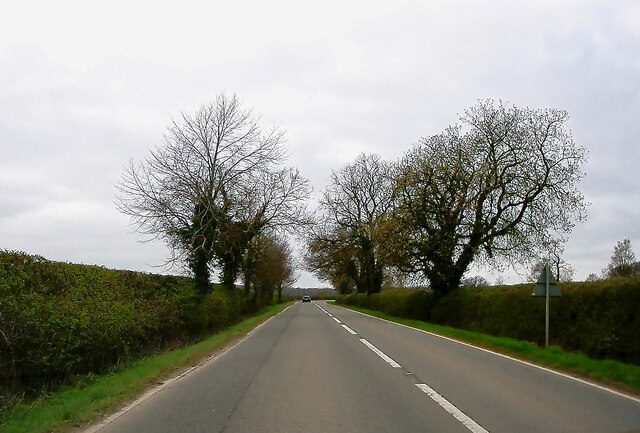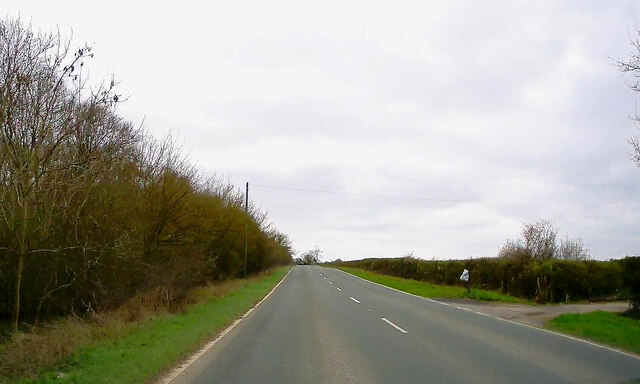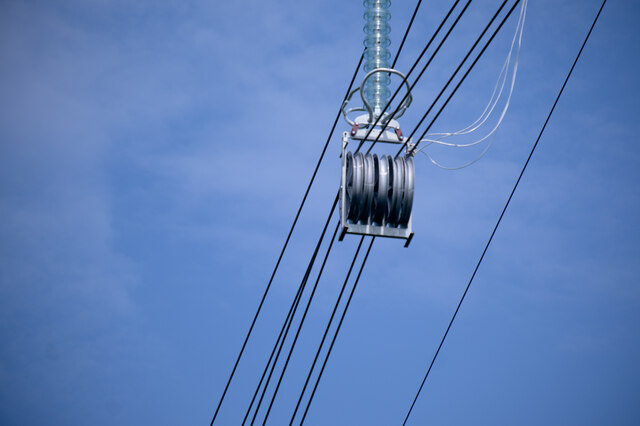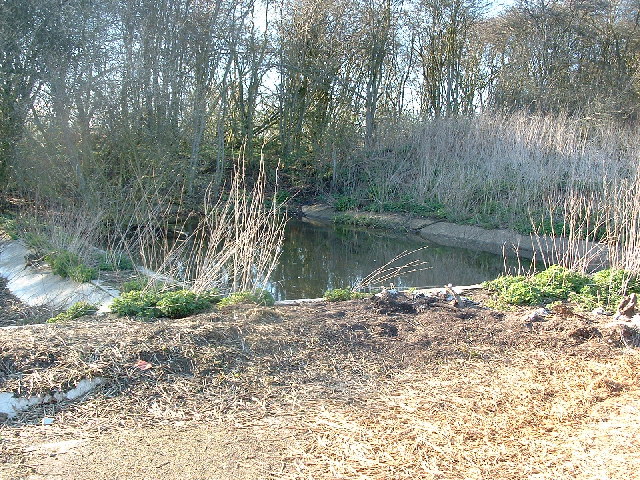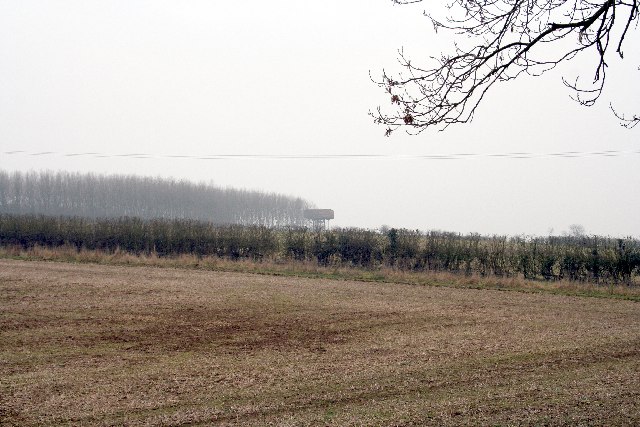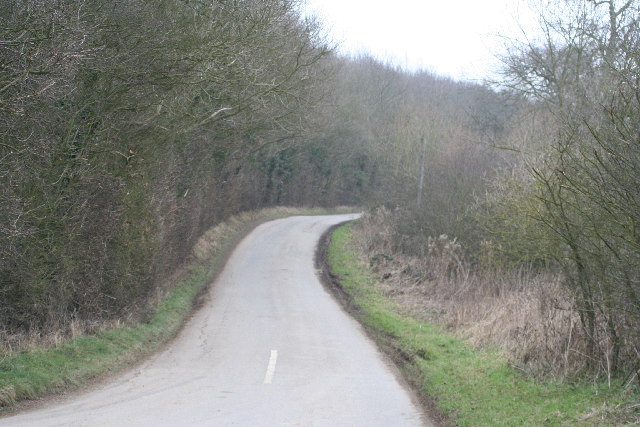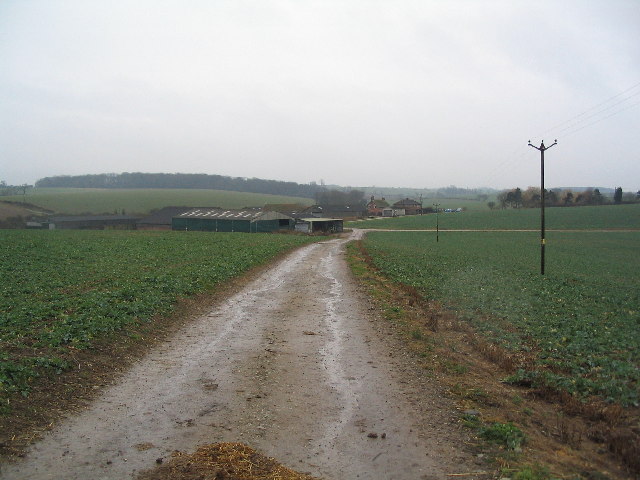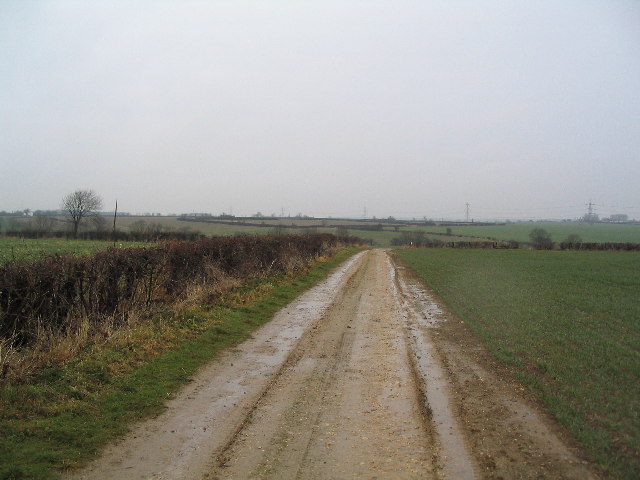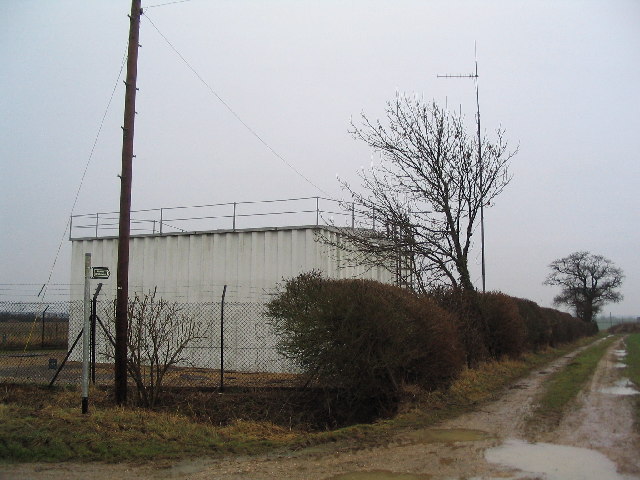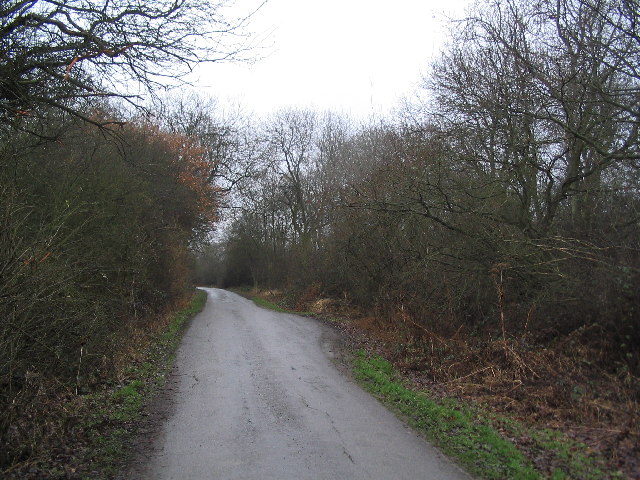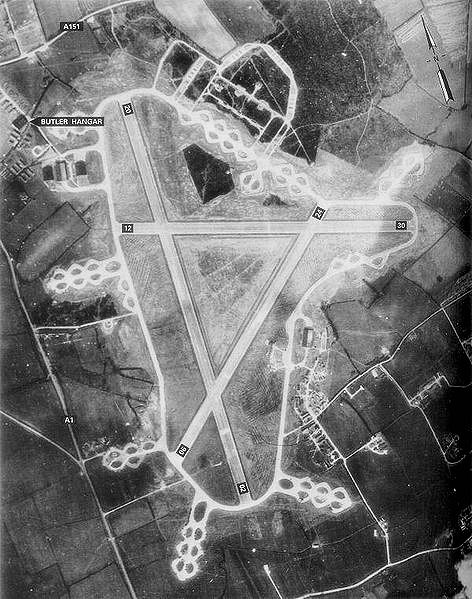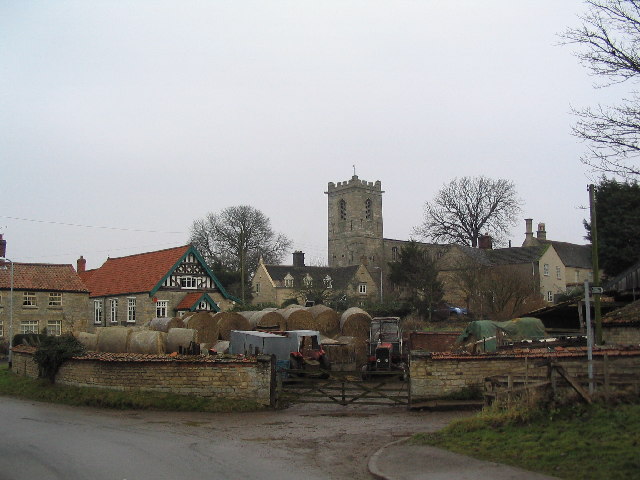Elliott's Wood
Wood, Forest in Lincolnshire South Kesteven
England
Elliott's Wood

Elliott's Wood is a small forest located in the county of Lincolnshire, England. It covers an area of approximately 50 hectares and is situated near the village of Wood, hence its name. The wood is largely composed of native deciduous trees, including oak, ash, and beech, which provide a rich and diverse habitat for various wildlife species.
The forest is well-maintained and managed by local authorities, ensuring a balance between conservation and recreational activities. It offers a range of amenities to visitors, including well-marked walking trails, picnic areas, and a small car park. These facilities make it an ideal destination for nature enthusiasts, families, and outdoor enthusiasts.
Elliott's Wood is home to a variety of flora and fauna. The forest floor is adorned with a carpet of bluebells and wildflowers in spring, creating a picturesque sight. Numerous bird species, such as woodpeckers, tits, and warblers, can be spotted throughout the year, making it a popular spot for birdwatching.
The wood is open to the public throughout the year, free of charge. However, visitors are encouraged to follow the designated paths and respect the natural environment. Dogs are allowed but must be kept on a leash to prevent disturbance to wildlife.
Elliott's Wood, with its tranquil atmosphere and natural beauty, provides a peaceful escape for those seeking a connection with nature in the heart of Lincolnshire.
If you have any feedback on the listing, please let us know in the comments section below.
Elliott's Wood Images
Images are sourced within 2km of 52.790549/-0.56344407 or Grid Reference SK9622. Thanks to Geograph Open Source API. All images are credited.
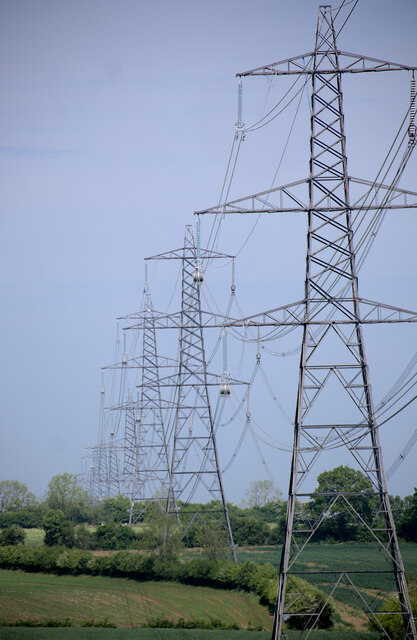

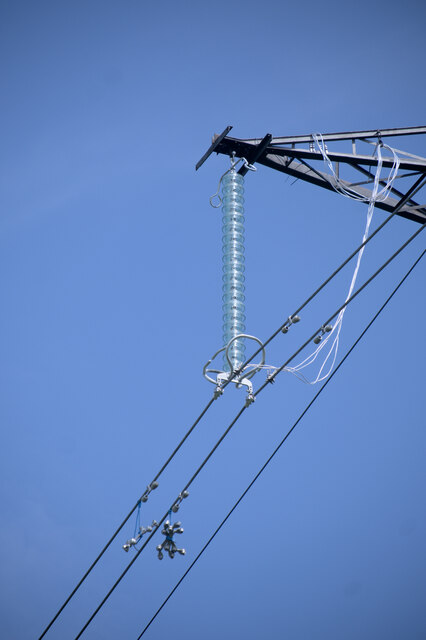
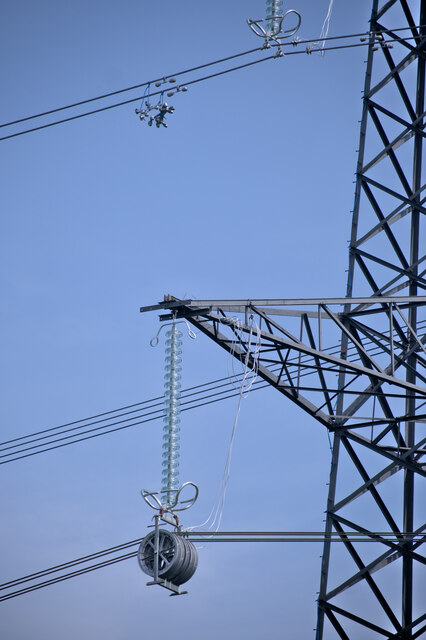
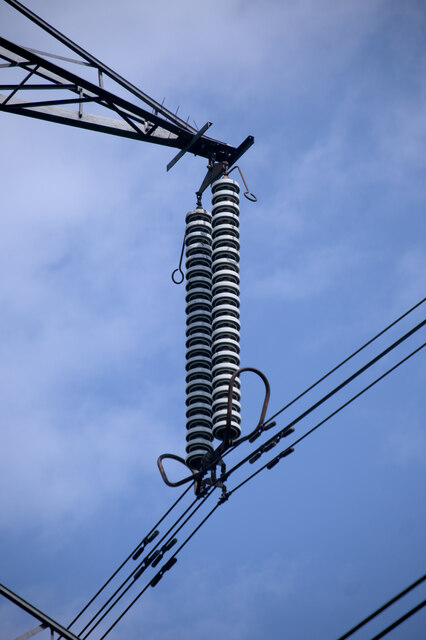
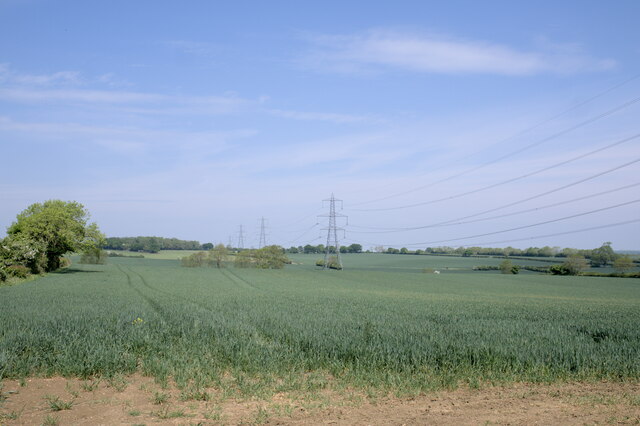
Elliott's Wood is located at Grid Ref: SK9622 (Lat: 52.790549, Lng: -0.56344407)
Administrative County: Lincolnshire
District: South Kesteven
Police Authority: Lincolnshire
What 3 Words
///shielding.feels.reshape. Near Corby Glen, Lincolnshire
Nearby Locations
Related Wikis
Twyford Wood
Twyford Wood, formerly known as Twyford Forest, is a commercial wood around grid reference SK948230 in Lincolnshire owned by the Forestry Commission, England...
RAF North Witham
Royal Air Force North Witham or more simply RAF North Witham is a former Royal Air Force station located in Twyford Wood, off the A1 between Stamford and...
Beltisloe
Beltisloe is a Deanery of the Diocese of Lincoln in England, and a former Wapentake.The Wapentake of Beltisloe was established as an ancient administrative...
Swayfield
Swayfield is a village and civil parish in the South Kesteven district of Lincolnshire, England. The population of the civil parish at the 2011 census...
Corby Glen railway station
Corby Glen railway station was a station on the Great Northern Railway main line serving Corby Glen, Lincolnshire. It was west of the village on the Melton...
Burton Coggles
Burton Coggles (full name Burton-le-Coggles from Byrton-en-les-Coggles) is a small village and civil parish in the South Kesteven district of Lincolnshire...
Charles Read Academy
Charles Read Academy is a co-educational secondary school located in Corby Glen, Lincolnshire, England. It serves the villages between Stamford, Bourne...
Corby Glen
Corby Glen is a village and civil parish in the South Kesteven district of Lincolnshire, England. It is approximately 9 miles (14 km) south-east of the...
Have you been to Elliott's Wood?
Leave your review of Elliott's Wood below (or comments, questions and feedback).

